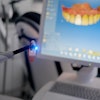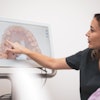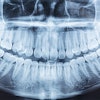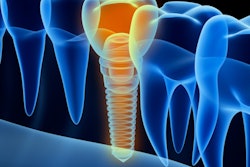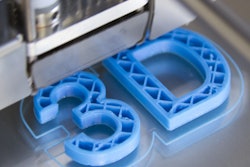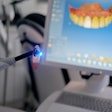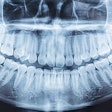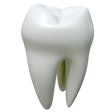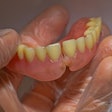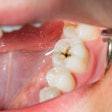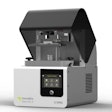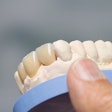In the future, surgery may no longer be needed to manage wisdom teeth. An experimental 3D-guided microwave ablation procedure destroyed third-molar tooth buds in pigs in minutes. Read more about the procedure, which is expected to be tested in human clinical trials soon, in this edition's Insider Exclusive.
Also new in the CAD/CAM Community, occlusal splints made with 3D-printed resins showed similar biocompatibility to resins created using conventional techniques in a study published in the Journal of Dentistry. However, one of the 3D-printed resins demonstrated toxicity on human gingival fibroblasts.
Should you save or splurge on a 3D printer? A recent study tested the accuracy of 12 common 3D printers used in dentistry, including models from big dental brands. The findings indicate that a higher price point may not always equate to better quality.
In case you need another reason to go digital, a fully digital workflow proved to be faster than a partially digital one in a study of implant-supported crown procedures. Both occlusal adjustment and total adjustment times were shorter with the fully digital workflow.
If you're placing implant-supported crowns in your practice, you may benefit from reviewing coding expert Estela Vargas' summary of the difference between abutment-supported and implant-supported crowns for insurance documentation and reporting purposes. Knowing the distinctions can help prevent claim payment delays and denials.
Finally, surgeons from Los Angeles are one of a handful of teams in the U.S. giving patients jaw replacements complete with dental implants in one day. By collaborating with biomedical engineers, doctors can create 3D-printed custom guides, which are then used to place dental implants in replacement bone before transplanting the bone into place. The replacement process can take up to 15 hours.
